What is the $2.50 Indian Head Type, Quarter-Eagle Gold Coin?
Coin collecting can be both profitable and fun. The $2.50 Indian Head gold coin is a great coin to seek out because of its intriguing design and the fascinating story behind its history. Because these coins are smaller than similar gold coins, they are a great starter coin for collectors looking to get their feet wet. Many people who seek out this coin are doing so because they want to assemble a collection with all of the coins in the five-piece set.

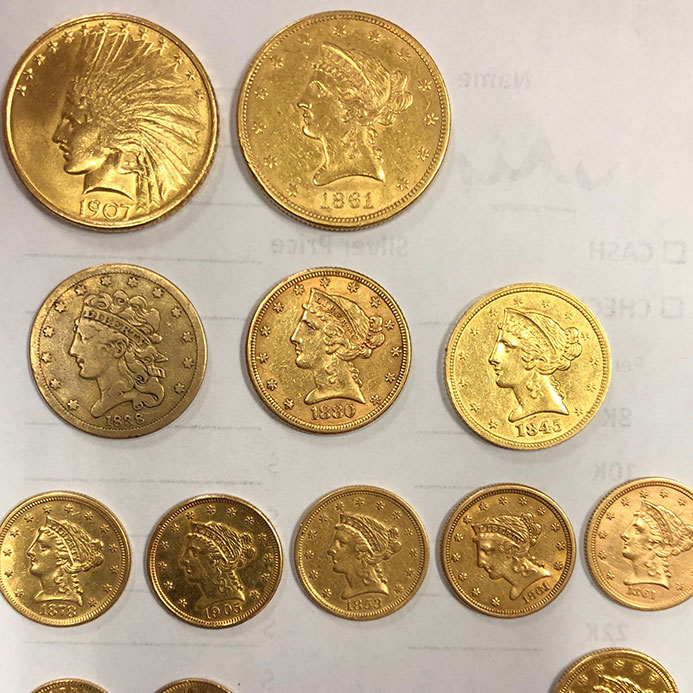
Specifications of the $2.50 Indian Head
- Years produced: 1908 to 1915 and 1925 to 1929
- Denomination: $2.50 or a quarter eagle
- Total gold content: 0.1209 troy ounces
- Total purity: .90 fine gold
- Diameter: 18mm
- Weight: 4.18 grams
- Mints where the coins were produced: San Francisco, Denver, Philadelphia
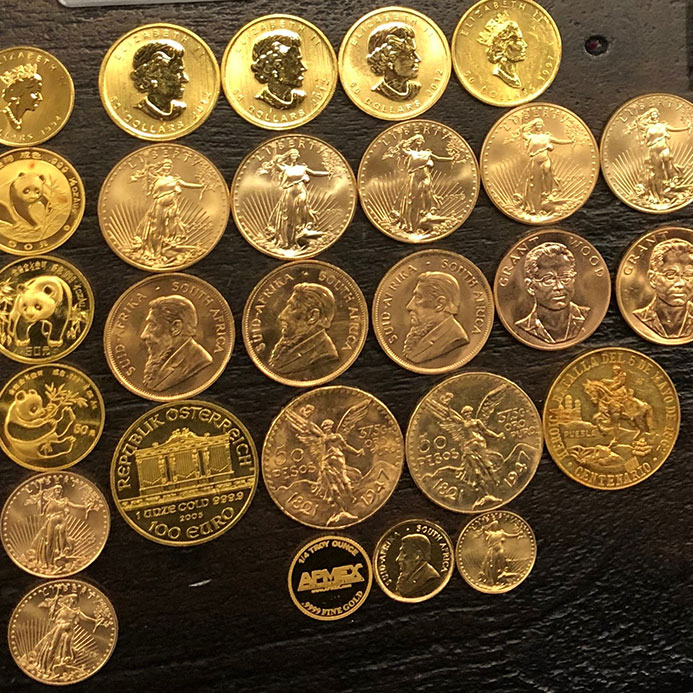
Design
President Theodore Roosevelt, in 1904, decided that the United States needed a new series of coins with all new designs. He settled on five specific coins that didn’t require an approval from congress. To handle the redesign, Roosevelt hired Augustus Saint-Gaudens, a well-known artist and engraver of the time. Unfortunately, Saint-Gaudens died before he finished the series. He became sick after designing the second coin and died shortly thereafter. The coins done by Saint-Gaudens were the $10 eagle gold coin and the $20 double eagle gold coin, which were designed to be much bigger than the Indian head quarter eagle (not a quarter dollar).
Suddenly, a new designer was needed because the Saint-Gaudens design was too big for this small coin. The name of the new designer was Bela Lyon Pratt. Pratt got to work on the design immediately, creating an iconic design that is still coveted to this day. The Indian Head gold coins were minted from then, all the way up to the start of World War 1. At that point, the world’s gold supply had been drastically reduced and the war effort needed gold for machinery and arms. After the war the coins were minted once again. That run went from the early 1920’s to just after the Great Depression changed everything in 1929. Each coin in the run was minted in either San Francisco or Philadelphia.
These coins are still prized to this day for their design and because they’re rare. First of all, the coins didn’t see a lot of circulation. They were popular gifts or incorporated into jewelry pieces. Many coins were melted during a period that began in 1933 where Roosevelt recalled all gold coins and paid top dollar to get any existing coins out of circulation. The Presidential recall made any coins produced before 1933 especially valuable and pretty rare. Any pre-1933 coins that are still in existence are in relatively good condition.
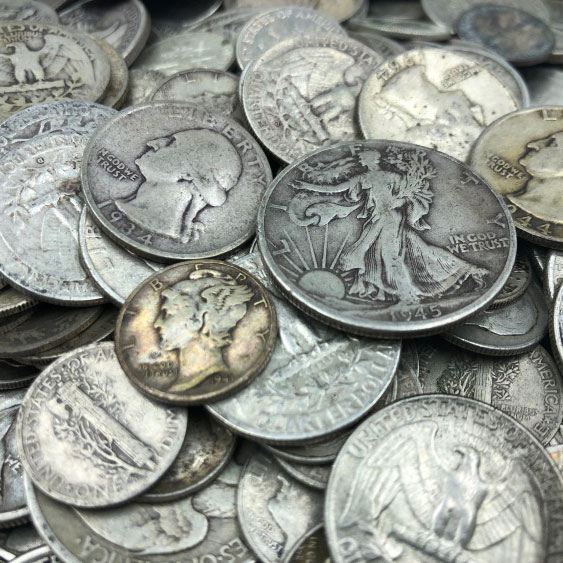
The Coin
The Indian Head coin was engraved, as opposed to utilizing bas-relief techniques. Bas-relief is an art form that dates back to ancient Egypt. It is known for being a grand technique and has been used on religious buildings and palaces worldwide.
Obverse
On the coin’s obverse is a Native American man. He wears a headdress as he faces off to the left. He is aligned with thirteen stars, six stars on his left side, and seven on his right. The thirteen stars represent the thirteen original colonies. The coin also features the date it was minted and the word “Liberty.” Also, this coin displays a tribute to its designer. The initials BLP can be spotted just above the date.
Reverse
The coin’s reverse features a standing American eagle – a symbol of National strength, resilience, and courage. In the bird’s left talon are arrows and an olive branch. The olive branch is known worldwide as a symbol of peace. A mint mark is also displayed on the back of this coin. If the coin was produced in a facility other than Philadelphia, the mint mark is displayed just to the left of the arrowheads. The Philadelphia mint, at that point in history, did not have a minter’s mark, though it does now.
What is the Current Value of an Indian Head Quarter Eagle?
The value on these coins can be determined after an individual evaluation. The reason is, the value is closely linked to the condition of the coin and the rarity associated with the date the coin was produced and the mint location it came from. Because a large portion of gold coins were melted by Presidential order in 1933, there are less of these coins floating around, simply because they were produced before 1933. There are examples of Indian Head quarters selling for much above their gold-content-value. For example, a coin went for over $15,000 at an online auction recently.
Customer Testimonial

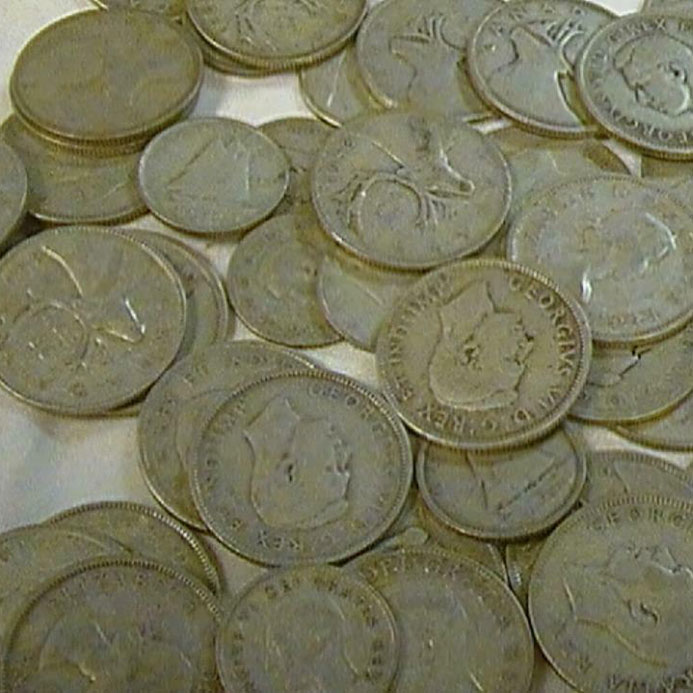
Can I sell my $2.50 Indian Head Quarter Gold Coin?
Yes. Keep in mind, any coins minted before 1933 are considered rare, because that year President Roosevelt recalled gold coins. Because all of these coins were produced in 1929 or earlier, they are considered valuable and rare off-the-bat. If your Indian Head quarter is in good condition, you may find it has even more value. You’ll want to work with a reputable dealer that knows the value of these coins and will give you the most fair quote.
Can I purchase a $2.50 Indian Head Quarter Gold Coin?
Yes. When purchasing any coins that have an historical value, it’s important to work with a reputable dealer who knows what they’re selling. These coins are valuable for their gold content, their rarity, and their beauty in design. Work with a known dealer today to get the best value when selling a coin, AND the most insight and knowledge when buying a coin.
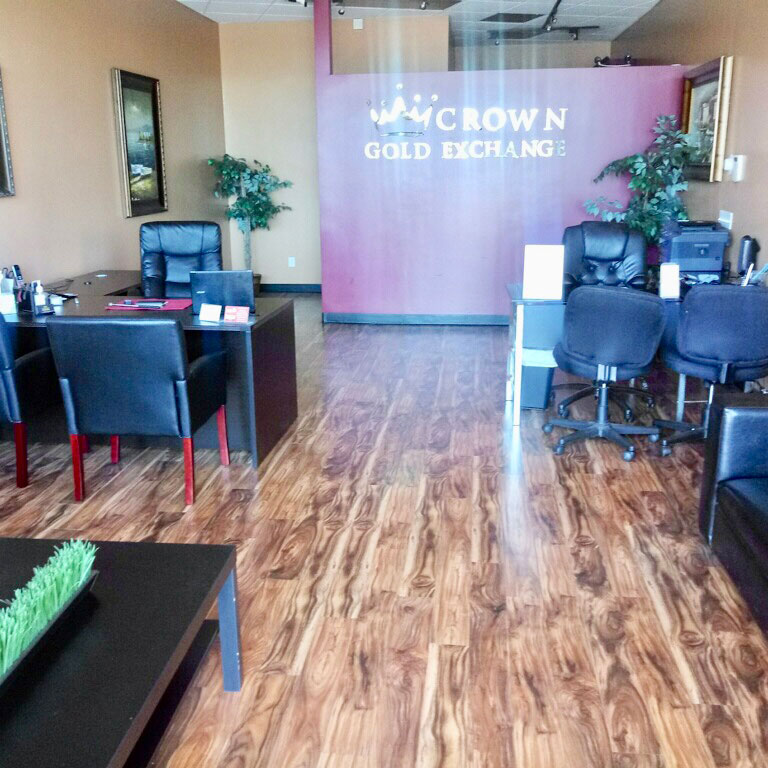
Choose Crown Gold Exchange
Crown Gold Exchange holds the utmost respect for you and your valuables. When you visit one of our locations, we make sure that you feel welcome, and that your property is protected. We use industry-standard equipment to ensure accurate measurement of your valuables, and we have a special process to keep your valuables safe. Our accuracy enables us to offer you top dollar, and we have several different payment methods available for your convenience, so you won’t be waiting around to get paid.
Crown Gold Exchange will purchase any kind of gold you bring us, including 8-karat, 10-karat, 14-karat, 18-karat, 21-karat, 22-karat, 24-karat, or anything else. We buy gold bars, gold bullion, gold jewelry and some gold plated items like pocket watches. If you happen to be in possession of an exclusive piece made by a top gold designer such as Cartier, Tiffany, Rolex, or Patek Philippe, we will often pay more than the weight of the item. Such special pieces often command a higher price on the secondary market due to their superior craftsmanship
BUYING YOUR GOLD, SILVER, DIAMONDS AND COINS SINCE 2010
She explained everything to me and it made me feel very comfortable.
Sloane
Crown Gold Exchange Customer
